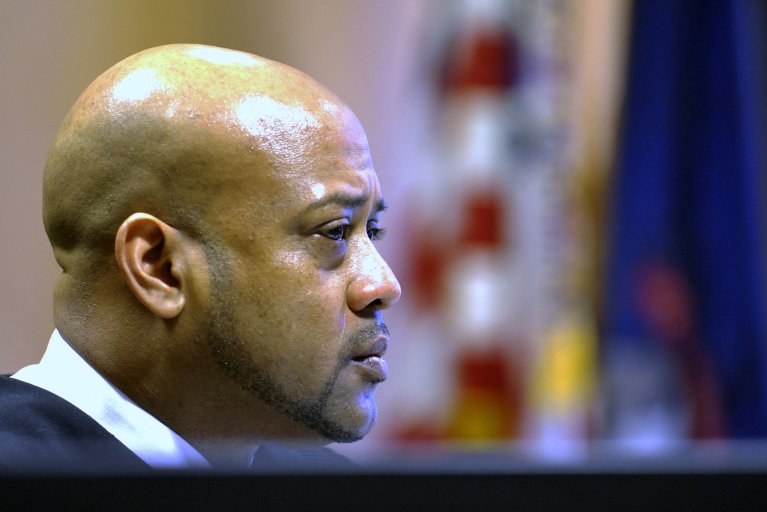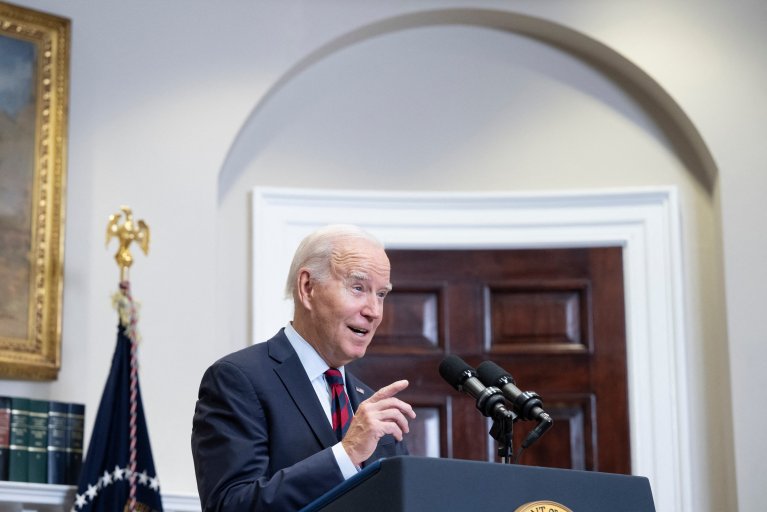The theater was united in a cheer; students’ 9th grade classmate had just finished reciting a sestina about his favorite soccer team. As the applause subsided and the next student stood and approached the podium, I turned to the audience—over a hundred teenagers smiling and waving glow sticks as they listened to the poetry recital. Not a phone in sight.
As you read this, school leaders, from California to France, are contemplating a total ban on cellphones in school to begin in September. I am now in my 25th year of teaching and I can say that it is hard to build a case for the unrestricted use of phones in classrooms. That said, it is also hard to see how a phone ban will be, as some suggest, the cure for the anxiety, lack of engagement, and general anomie felt by teenagers today.
As a society we are still adjusting to the risks and rewards of the technological advances of the past 25 years. We all remember how we were all told to turn off our cellphones for takeoff and how we accepted the risk but now we all know that the risk our cellphones posed to the plane was overstated. It was an (understandable) gambit to establish authority.
As teachers and school leaders, we must consider the extent to which our policies are geared toward learning, which is liberatory, or control, which is limiting. Cellphone-free classrooms might have a role to play in learning, but we should also create occasions for celebration and joy. There must be something for students to look forward to other than lunch, final exams, and getting their cellphones back.
The cellphone ban’s current loudest champion must be Jonathan Haidt. You may have seen his newest book, The Anxious Generation, mentioned at a staff meeting or in your class parent WhatsApp group. Maybe you’ve seen an Apple Watch-strapped wrist reaching for it in your local bookstore. The hobgoblin of Haidt’s book is not cellphones, per se, but social media and other “internet-based activities.”
Banning or restricting social media is a much more arduous quest and not one for schools to pursue (the U.S. surgeon general, for instance, has been sounding the alarm for action on social media’s effects on teens), but banning the cellphone is a policy that has been, or might soon be, coming to a school near you. To those who haven’t yet read the book, this might seem like a reductive version of a complicated issue. It is—but on Haidt’s part, not mine.
In the conclusion of his book, Haidt claims that sometimes it is better to do one big thing than many small things, and that now is the time to do two big things. Then, taking no chances with the modern attention span, he bullet-points his take-aways: Schools should eliminate cellphones and increase the amount of “free play.”
Curiously (or not), the first bullet point is getting far more attention than the second. Finding time and supervision for unstructured play—or a poetry festival—takes months. A new line in the student handbook takes minutes. Taking something away must seem easier to most readers than adding something new, so the reductive argument gets reduced even further.
I won’t quarrel with his simple solutions, not because I disagree with them, but because my quarrel is with simple solutions generally and the way simple solutions imply simple problems. The mobile phone by itself is no more the problem than the television, explicit music, or video games were the problems. The mental health of teenagers, the role that the internet plays in our lives, the actions a school can take to make the world a better place: These are vitally important but certainly not simple issues. We cannot support our students’ well-being by seeking simple solutions to complex problems, even if simple solutions are by their nature so attractive.
Every two weeks over the past two years, I used a simple online tool that asked students to rate their well-being from “Doing Great 😆” to “Overwhelmed ☹.” What came across most clearly was that student stress spiked in the weeks leading up to major assessments and college deadlines. Unlike social media, these fall clearly within our locus of control. This data helped my school to frame the questions around how we could support students by staggering assessments and providing more contact time with the college office.
As teachers and school leaders, we must not shirk the responsibility we have been given as those who both build the maze and guide our students through it. We should listen to the wisdom of researchers—and we should listen to the voices of young people. We must find ways to cultivate belonging and purpose.
The internet did not invent bullying, comparing oneself unfavorably to others and feeling disconnected, but the internet has provided an efficient and seductive platform for these behaviors.
Googling “Jonathan Haidt” proves that the internet allows all kinds of ideas to spread rapidly and gain popularity—particularly those ideas presented in simple terms. As Andrew Solomon observed in a recent review of Haidt’s latest book, “Nuance entails uncertainty; in a confusing world it is easy to fall prey to almost any form of clarity.”
What a more nuanced approach to student anxiety would look like differs from school to school and grade to grade, but with some effort, schools can be conduits for joy as much as, if not more than, anxiety. If we can’t imagine that, we should tap into our greatest resource: the creative potential stored in the minds of students and teachers.
The poetry festival I described earlier was not only a celebration of the students’ achievement, but it is also a way to cultivate community through sharing, supporting, and spectacle. In addition to sports (lots of sports), students read poems about hallway crushes, war, and the beauty of spring. Teachers chose some of the awards, and students chose others.
The cheers, applause, and stomping feet brought us together in a sense of common enjoyment. I glanced past the students who were focused on the spotlighted poet to a darkened corner of the theater—illuminated by a cool, eerie glow was an adult looking at something on their mobile phone.
Disclaimer: The copyright of this article belongs to the original author. Reposting this article is solely for the purpose of information dissemination and does not constitute any investment advice. If there is any infringement, please contact us immediately. We will make corrections or deletions as necessary. Thank you.






